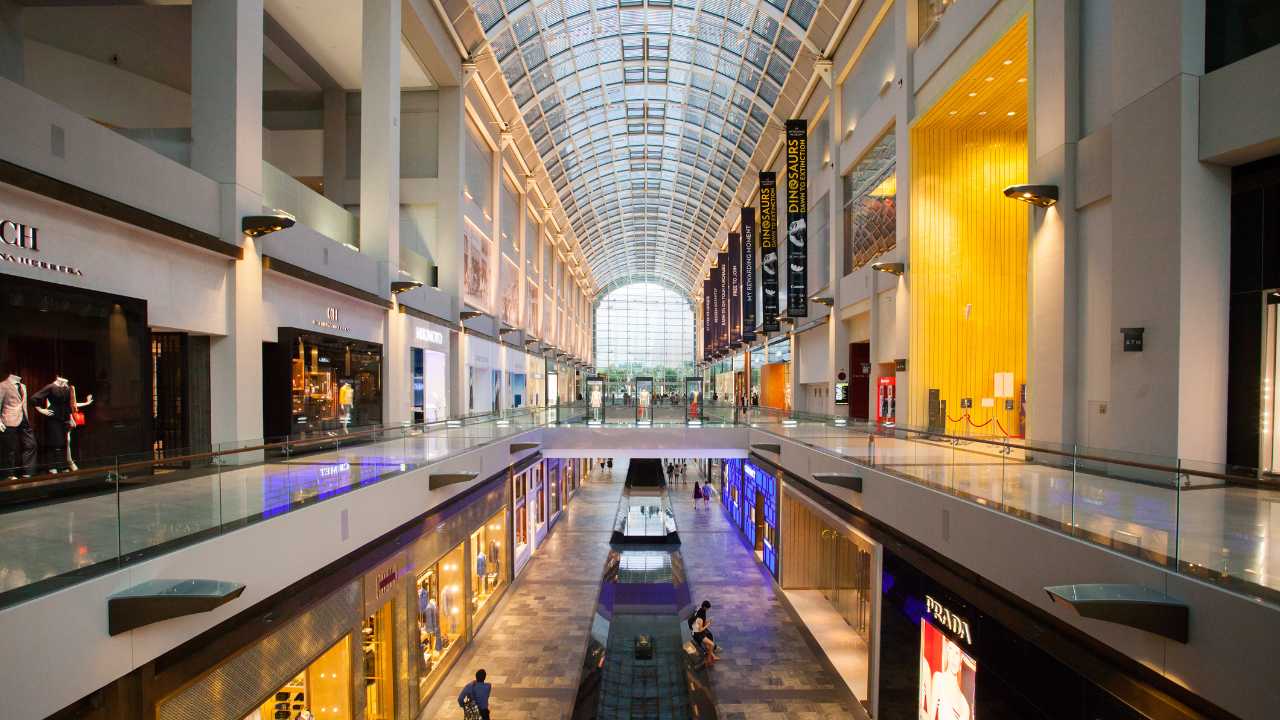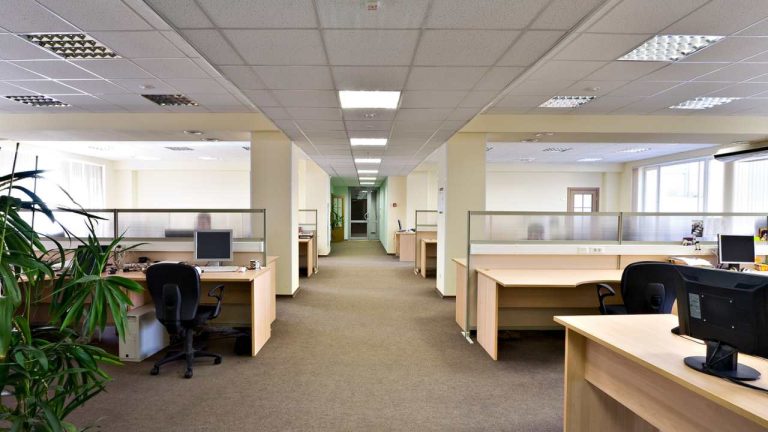Revitalise Your Retail Shopping Center: Proactive Strategies for Improved Rentals
One way to improve a retail shopping centre is through rental optimisation. That is the rent paid by the tenant(s) and the total for the property throughout the year.
If more rent can be produced, then that reflects better occupancy, better tenants, and customer interest and purchasing patterns.
Without addressing the tenant mix and occupancy issues, which are crucial factors supporting customer interest and sales, there is no point in obtaining more rent.
Shopping Centre Formula
So, a retail shopping centre formula must be considered and shaped into the tenant mix. That is how you revitalise a shopping centre of any size through property management and leasing.
Constant improvement is a good thing to encourage in shopping centre planning and leasing. Strategies and solutions are merged into the property leasing and tenant mix plans for the property over time.
So, what are the core strategies that can improve rents in a retail property? Try these for starters.
1. Finding and Addressing Known Vacancy Factors Early
There will be vacancies in any retail property annually, some of which you can expect, others not. Always be on the lookout for those pending and upcoming vacancies in various parts of your retail property.
Create a calendar of the forthcoming retail vacancies over the next 18 months, and then work on those matters early in the leasing cycle.
Take care of pressure points or difficult locations in the tenant mix or property design. Some locations will be harder to lease than others.
2. Staggering the Lease Expiry Dates
This strategy of spreading your lease expiry dates should apply to any retail property with multiple tenants in occupancy.
Lease your shops and all premises to avoid multiple leases becoming vacant at the same time. It is always harder to lease many empty shops at one time.
3. Setting Realistic Market Rents
Whilst the landlord for a shopping centre may like to get higher rents to boost property values, there is a limit to realistic market rent for shops and certain retail businesses.
An excellent way to handle that is to do a local area market rental assessment every 3 or 6 months. Choose fair retail market rents and negotiate with them. Put those rents in the retail shopping centre business plan.

4. Upgrading and Shaping the Retail Merchandise Groups
The suggestion is to find better tenants with a more attractive retail offering for customers. Tenants across the tenant mix should be chosen for their retail service or product and the factors of attraction that customers are looking for.
In larger shopping centres, you could have a few tenants in each merchandise group, such as fashion (ladies and men), food (fast food and dine-in), sporting goods, electronics, health and beauty, shoes, medical and allied health.
Diversity and relevance in the tenant mix are critical factors in continuously getting customers to return to a retail property. Do a SWOT analysis on your tenant mix at least once every six months.
5. Selecting Key Franchise Tenants to Balance the Tenant Mix
We all know or see franchise tenants and branding all around most cities and towns. Some of those retailers are going to be suitable for your shopping centre.
In saying that, the lease terms for retail franchise tenants are always a bit different, and that is because they are trying to protect and operate within their established brands.
Landlords should be flexible when leasing premises to franchise groups and brands so that the franchisor can find the right franchisee and consolidate business operations.
6. Finding Better Tenants
If you have a good selection of merchandise groups for shops in your retail property, the next question will be, ‘How can you get better tenants for the proven and current merchandise groups in your tenant mix?’
At and leading up to the lease expiry dates, consider replacing your weaker tenants with better tenants of similar offerings from other properties and locations.

7. Lease Vacant Premises Faster Through Preparation
Vacancies cost money. An excellent way to reduce the impact of a retail shop vacancy or its potential is to implement a leasing strategy for immediate implementation.
You can have a ‘short list’ of waiting tenants, a retail leasing specialist ready to act on vacancies, and an agreed set of lease parameters and incentives tuned to the current property market. Preparation is the key to making this work.
8. Improving Shop Presentations
In each retail shop lease, requirements should be applied to each tenant to ensure that they maintain external and internal shop presentations. That will involve shop finishes, layouts, and marketing material.
Regular shop inspections by the property manager or leasing manager can monitor this and enforce the ‘visual’ part of lessee compliance.
9. Increasing the Lettable Area (NLA)
Can you increase the lettable shop space in your shopping centre? Is that a good idea and how much rent could you get from doing that? How much would the expansion of retail space cost?
Those questions are critical to the base strategy of upgrading and expanding the lettable area. Only improve the lettable area by size if you can see that the cost versus return ratio is realistic for the property, the customer base, the location, and the retail economy.

10. Improving Lease Terms and Conditions
Every retail property should have a standard lease tailored to the particular property and the investment targets of the landlord.
Recognise that each property will have design factors and customer issues that can impact the retail shop lease.
To improve the leasing terms and conditions across the asset, start with the approved standard lease and shape it to occupancy and customer requirements.
11. Improving Shopping and Trading Hours
How should a shopping centre trade, and across what hours? The shopping centre hours can constantly be improved as long as the customer base is there to enjoy the benefits of extended trading.
Consider the design of the property. How easy could it be for customers to visit the property over extended hours? How easy is it for tenants to trade across extended hours?
Extended occupancy and trading hours will involve extra security, maintenance, and cleaning costs.
So, there is a balance to consider when it comes to changing the trading hours, understanding the requirements of the local area demographics, and the capabilities of the tenants in the tenancy mix.
12. Improving the Tenant Mix and Shop Positioning
A complete tenant mix analysis should be updated every six months in the property’s retail shopping centre business plan.
As part of that analysis, you can understand where the better tenants are located in the property, what they offer, and how the tenancy clusters can be shaped for sales to improve off the better tenants.
Improving the tenant mix is an ongoing strategy of change and opportunity. It is also the right time to consider how you can remove weaker links in the tenancy mix.

13. Improving Tenant Clusters to Boost Retail Sales
Some tenants can work well together in clusters. In the medium to larger shopping centres, you can have several different groups where the retail focus is tuned to customer and market rental plan for that location.
Tenant clusters improve market rental over time. In a thriving shopping centre, the improved rentals are usually the result of several precincts or tenant clusters working well within the overall property design and layout.
Seek to improve the tenant mix, the retail groups, and the individual tenants. In that way, you can enhance retail sales. Ultimately, that can mean better rentals and net returns for the landlord.
14. Attracting More Customers to a Retail Property
Why do customers visit your shopping centre or retail property? It is an important question to consider as you seek to improve the rental returns over time.
When you completely understand customers’ shopping patterns and their retail shopping requirements, you will know how to boost sales and the retail tenant mix. It is all about customer attraction first and foremost.
Without customer attraction and interest, a shopping centre, as will the tenants in occupancy, will quickly fail. It is easy to see strong relationships between customers, tenants, and leasing strategies.
Many poorly managed and under-leased shopping centres suffer the pressures of high vacancy factors and lower rentals. Simple ongoing techniques could have fixed those matters, and that is where the landlord and the leasing agents for the property need to work together.
15. Establishing a Retail Shopping Centre Marketing Plan
It is easy to see why and how customers and tenants are a big part of the shopping centre’s performance.
hen the tenancy mix is completely optimised, and the customers are identified by type and retail requirements, the marketing plan for the shopping centre can be designed and optimised throughout the year.
Ultimately, you want the shopping centre to be the ‘go-to property’ when customers need retail products and services.

16. Look at Other Local Retail Properties for Shopping Trends and Opportunities
You can learn a lot by looking at other retail properties in an ongoing way.
A shopping centre manager or leasing manager can always be on the lookout for proven tenant mix upgrades, tenants, and retail changes that may be working in other shopping centres nearby.
Get out and about in the location and visit other properties. Look at property design, layout, vacancy factors, and merchandise offerings.
Meet the tenants of other properties and ask questions; they will share information about sales, property performance, and property strengths and weaknesses.
17. Develop and Work to a Tenant Retention Plan
Some tenants are better than others, so a tenant retention plan that is part of your shopping centre business plan is a good way of ‘tuning’ the tenant mix over time.
A tenant retention plan is a 10 to 20 year calendar of targeted tenant movements. In the plan you can consider the anchor tenants, and all the specialty tenants for change or relocation. As part of the plan you set the rents and implement the leasing strategies in the shopping centre for the right reasons.






